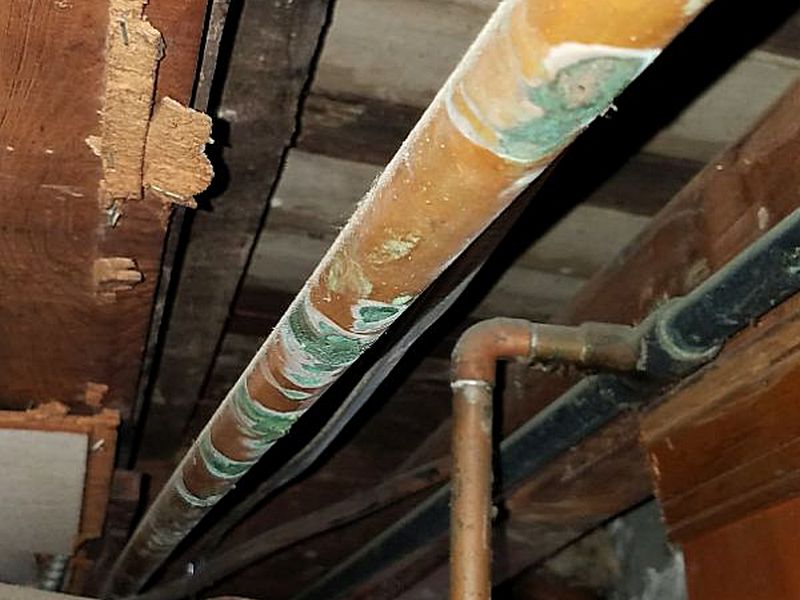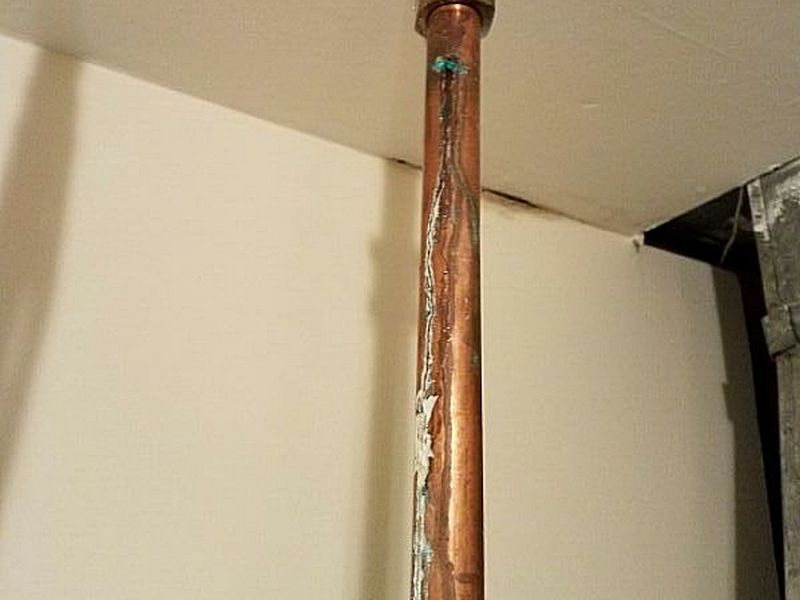Fresh water on demand, anywhere in the home that’s needed, is one of the simple joys of modern living. It also comes with risks, for precisely the same reason; water is being carried all over the house! Modern plumbing supply piping is very reliable when properly installed. Unfortunately, that’s not always the case. Poor workmanship and bad installation practices can cause premature failures and water damage. Additionally, local water quality and defective products are ongoing concerns. Acidic water can destroy copper supply lines with pinhole leaks. The problems with Polybutylene are long-standing. Now we also have PEX fittings and dezincafication to look out for.
Inspect for active and self-sealed leaks, inadequate pipe support, corrosion, damage, incompatible joints, and un-insulated pipes in vulnerable locations. Be alert for “Red Flag” systems and for signs of past remediations. Remember that galvanized pipes are past their EUL and are suspect. Use Limitation and Information Statements as appropriate.
Polybutylene Supply Pipe
Polybutylene pipe systems were installed from the mid-70s through the mid-90s. The product was the object of a major class action lawsuit. It’s a flexible gray tubing secured with fittings and clamps. Many changes were made to the fittings, the clamps, the pipe itself, and the techniques used to install it. Almost everything still in use employs the improved methods. Companies who are in business to replace it will tell you that it’s “a ticking time bomb.” Yet we see very few problems with existing systems, which are by now well past some EUL estimates of 15-20 years. The fact is, the reasons for failures in the actual pipe as opposed to the connections has not been determined. Water quality likely figures in.
Polybutylene water supply systems should always be reported using the available Defect Statement. It’s rare to see anything other than the improved copper fittings and clamps still in service. Any installations with polyacetal fittings and aluminum clamps are highly suspect. If there are any signs of old polybutylene having been removed, use the appropriate Information Statement.
Polybutylene water supply piping is present. It has had a higher than normal failure rate and is no longer being used. It is virtually impossible to detect installation problems during a home inspection and impossible to know if future problems may occur. Hire a plumber to evaluate the water system and to make required repairs.
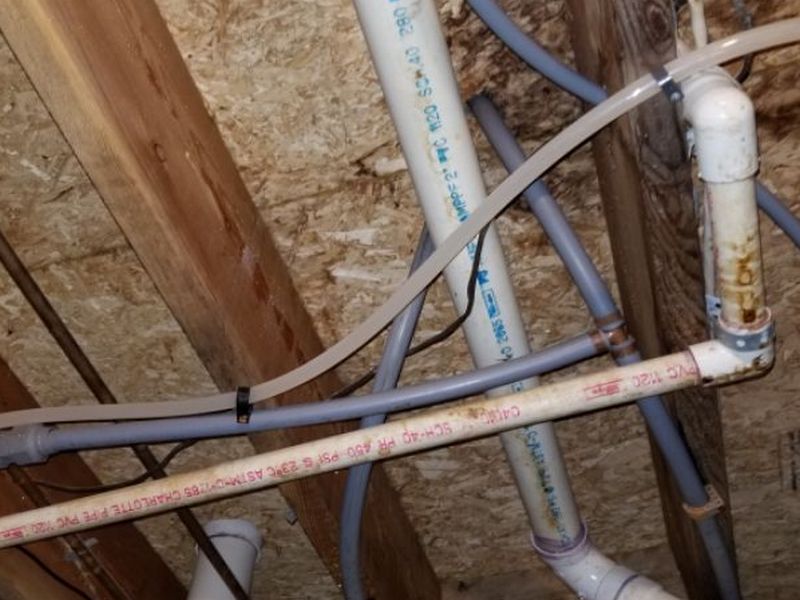
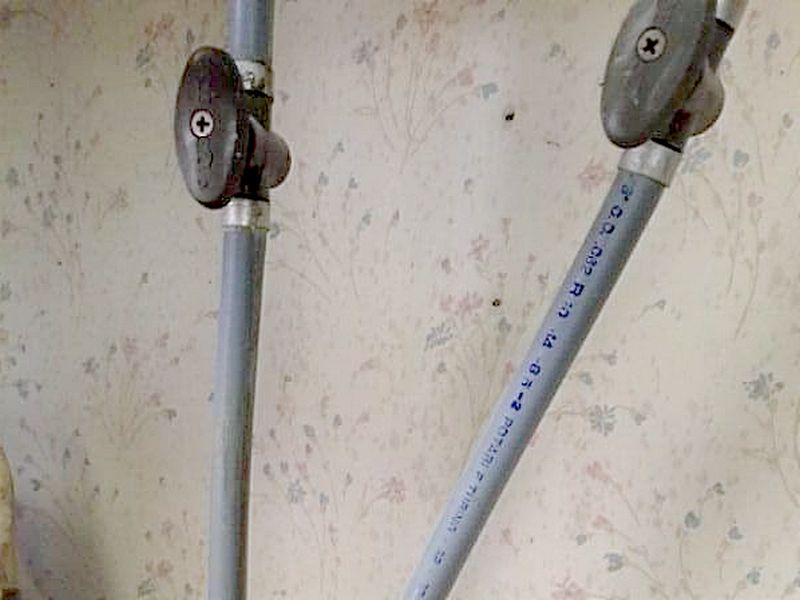
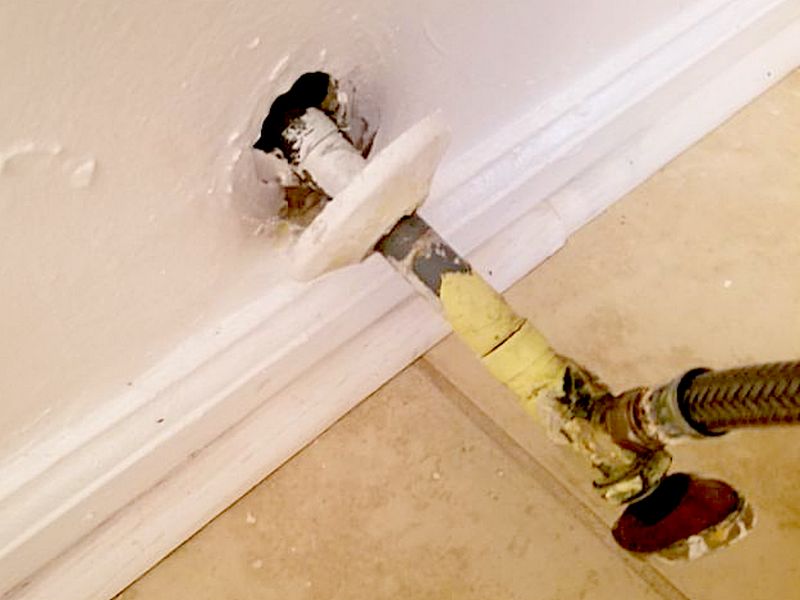
PEX Fitting Failures
PEX (cross-linked polyethylene) is rapidly becoming the most popular supply piping. It is reliable when done properly. The concern here is not the PEX pipes, but the fittings that connect them. So-called “yellow brass” connectors have entered the market. The trade names Kitec and Zurn have grabbed the headlines, but the absence of a specific brand is not a green light. Yellow brass has an excessively high zinc content, well over the recommended 15%. The zinc’s weak molecular bond allows it to leach out of the brass. This causes a porous, failure-prone connector, and a powdery residue that leads to clogs.
The best approach is a careful visual inspection of the connectors. Prior to an outright failure, a white powdery residue can often be seen on the exterior of the fitting and where the PEX pipe connects to it. The presence of the named fittings should be reported. Leaks are always notable. Powdery deposits and low flow rates in the supply system should be reported.
Cross-section of Failing Connector

“Yellow Brass” pipe fittings are present in the PEX water supply system. Some of these connectors are the object of a Class Action due to problems with deterioration (“dezincification”), leaks, and clogging. Specific manufacturers noted include, but are not limited to, Kitec and Zurn. The presence of a specific brand of fitting is not a definitive way to determine if a problem exists. Hire a plumber to evaluate the water system and to make required repairs.
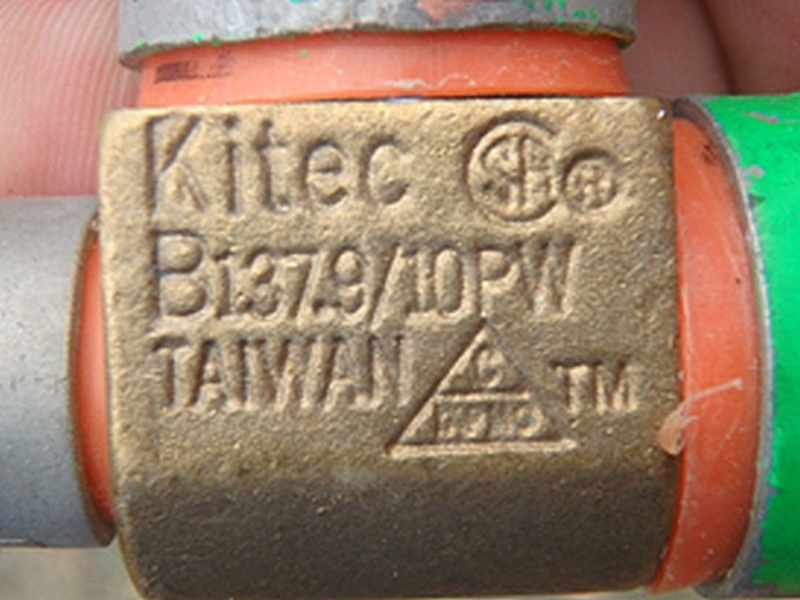
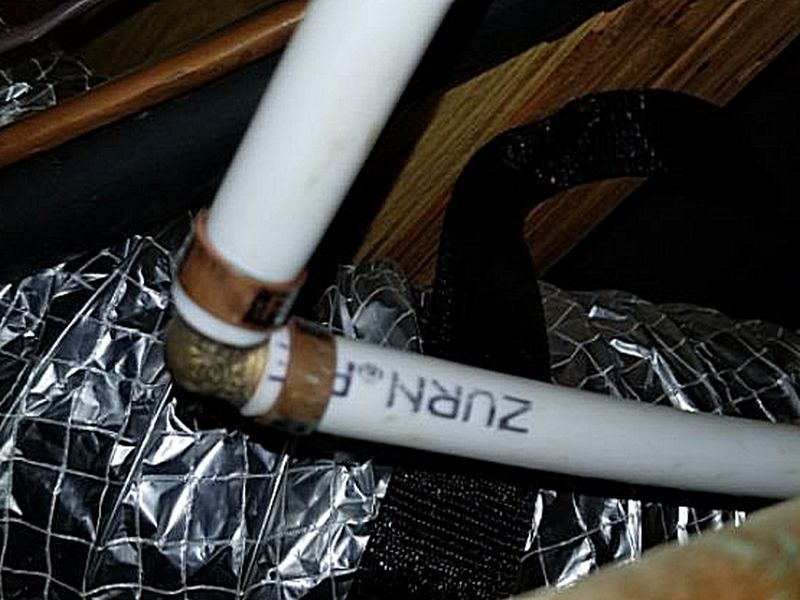
There is evidence of “dezincification” damage in the pipe fittings. This deterioration can cause leaks and pipe clogging, and is the object of a Class Action. Specific manufacturers noted include, but are not limited to, Kitec and Zurn. The presence of a specific brand of fitting is not a definitive way to determine if a problem exists. Hire a plumber to evaluate the water system and to make required repairs.
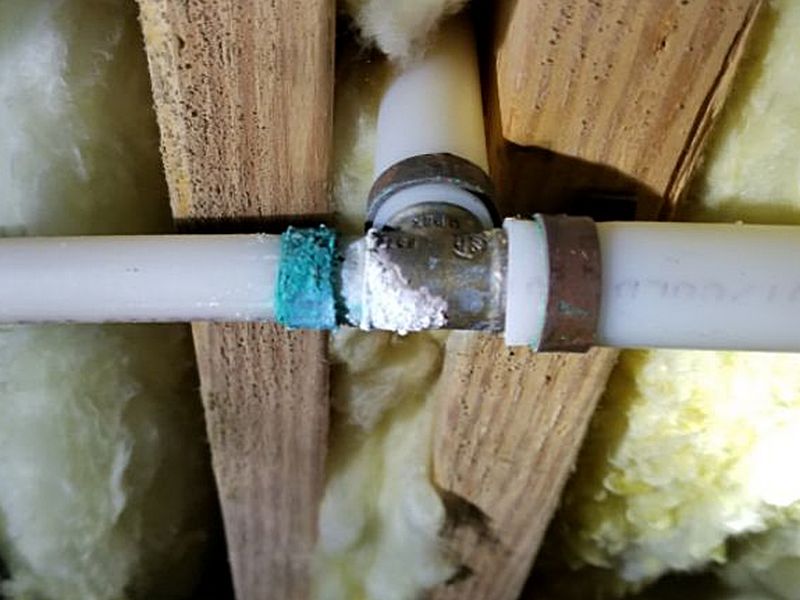
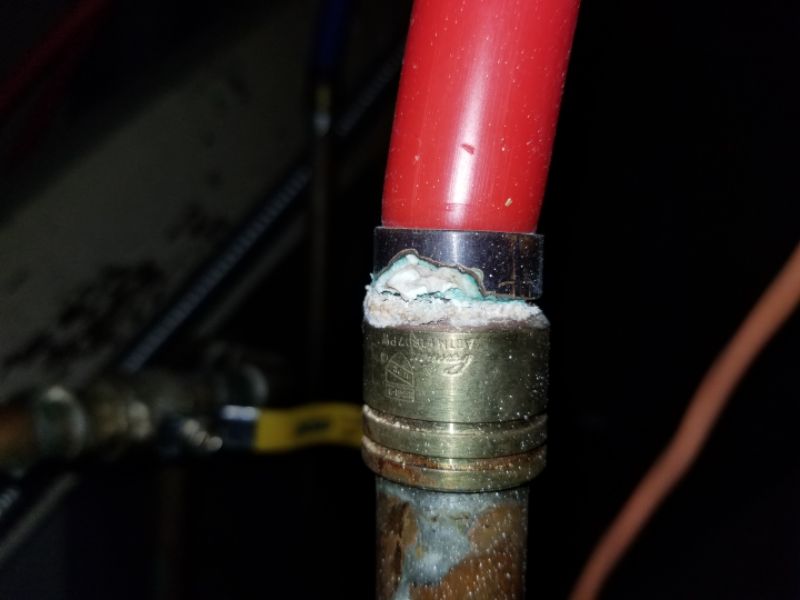
The water supply pipe is leaking. This will waste water and can cause damage. Hire a plumber to repair or replace the pipe.
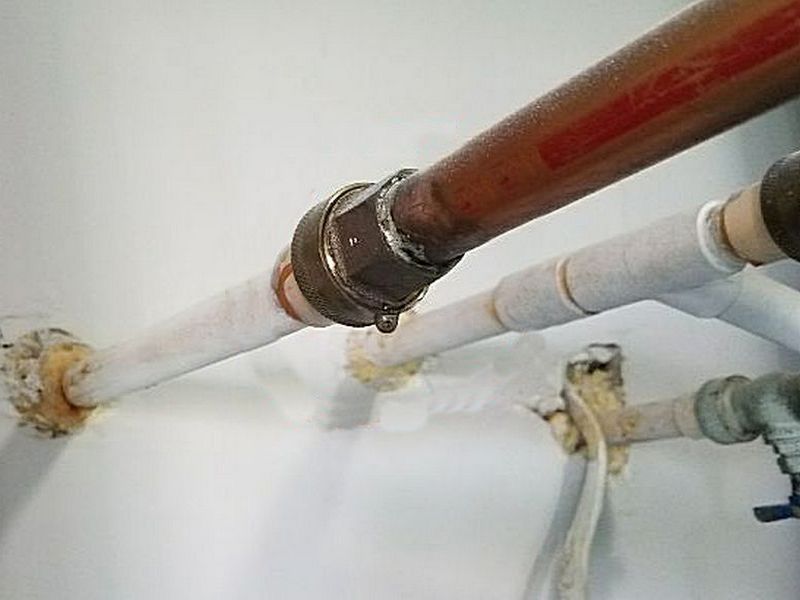
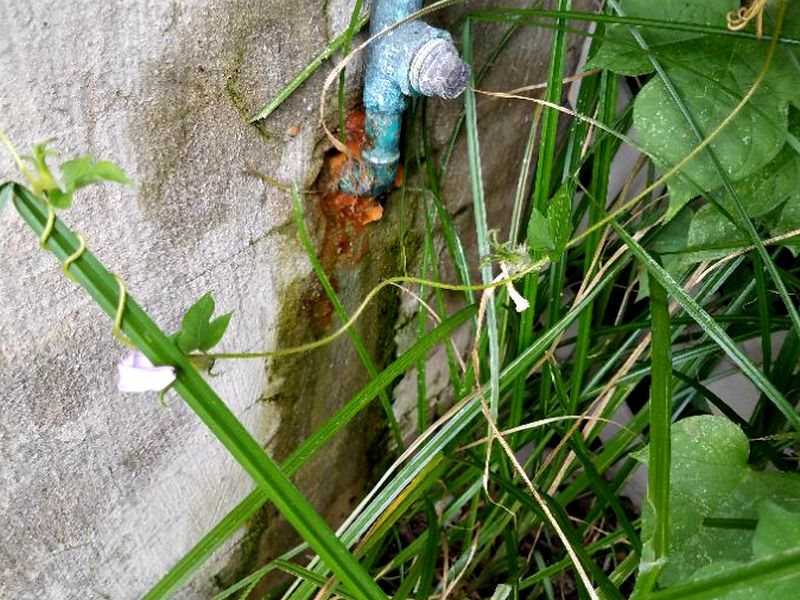
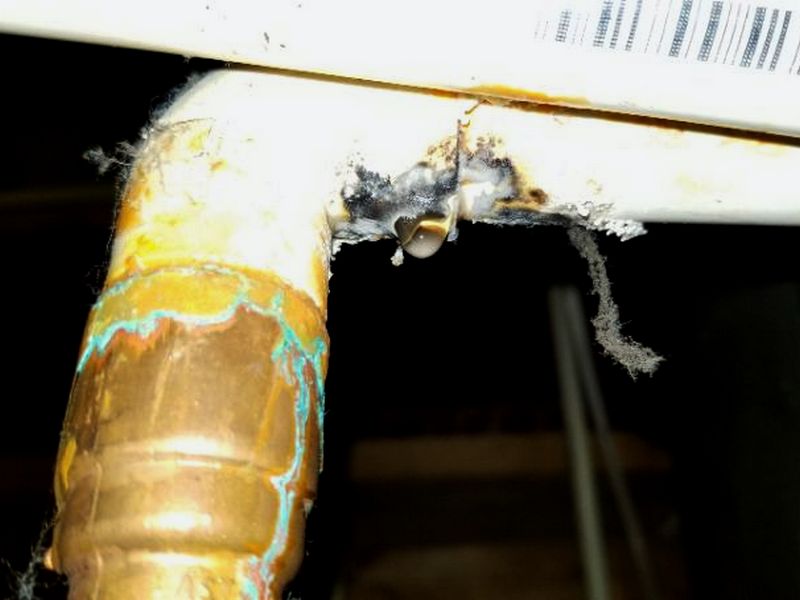
There is a self-sealed leak in the water supply lines. This leak can become active at any time due to thermal expansion or system vibration. Hire a plumber to repair or replace the pipe.
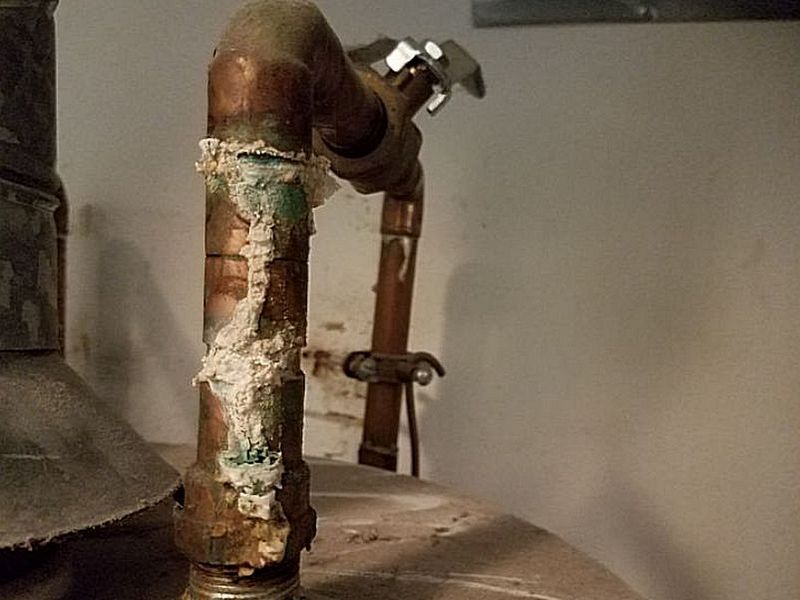
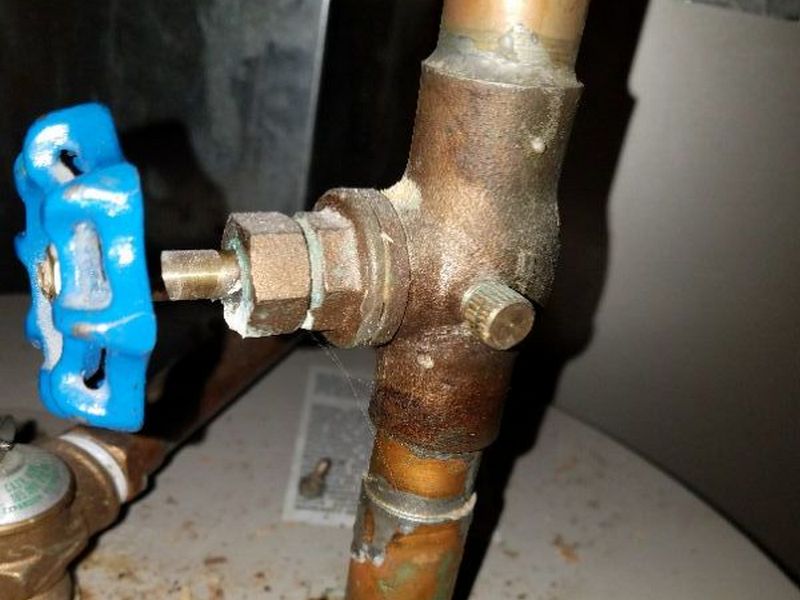
PEX water supply pipe is connected to the water heater closer than 18″. This is contrary to accepted standards. Hire a plumber to make the needed repairs.
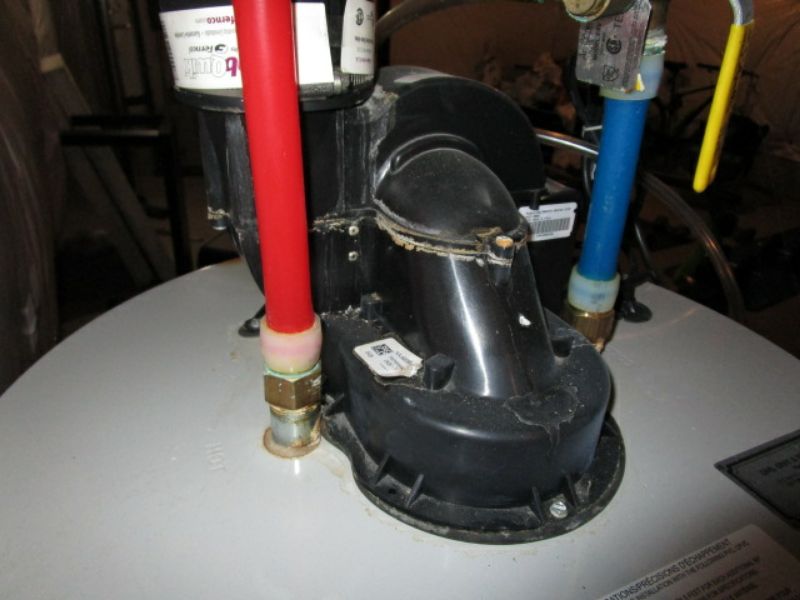
The water supply pipe is damaged or kinked. A damaged line restricts water flow and is likely to leak. Hire a plumber to replace the pipe.
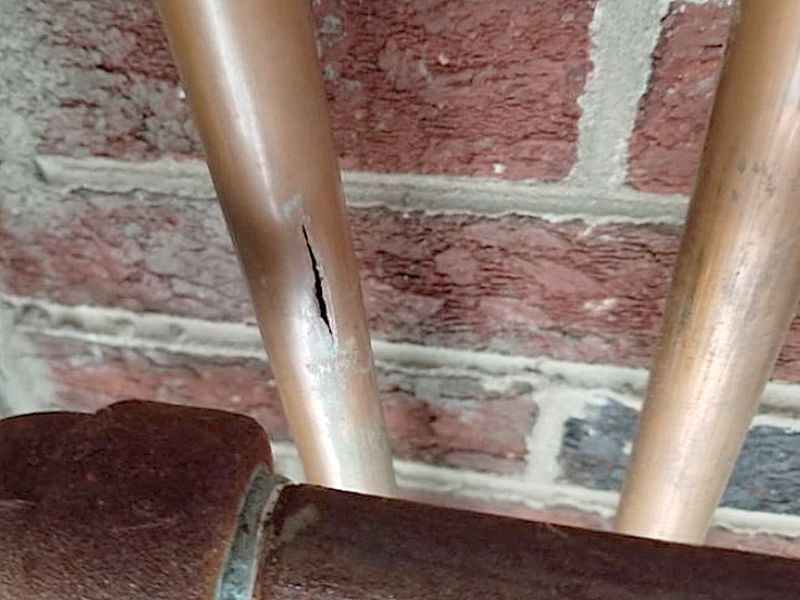
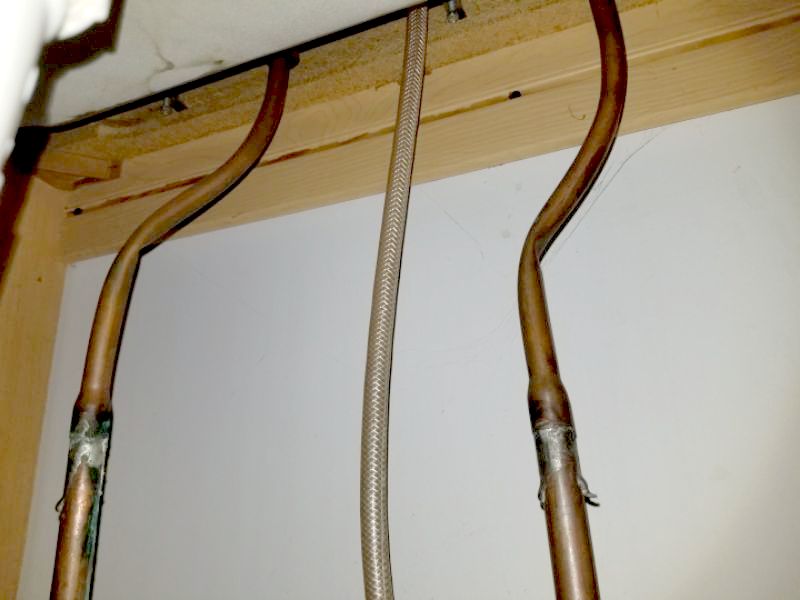
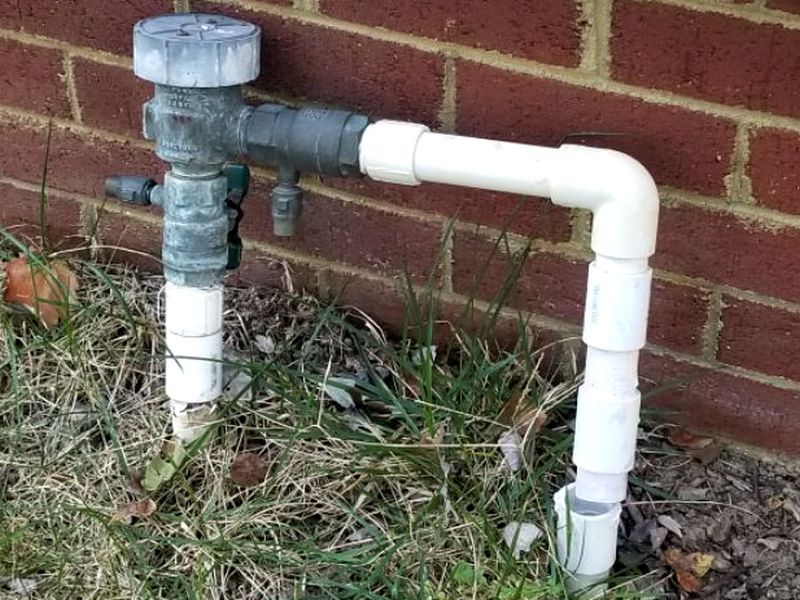
The water supply pipe is inadequately supported. This can cause damage and leaks. Hire a plumber to secure the pipe.
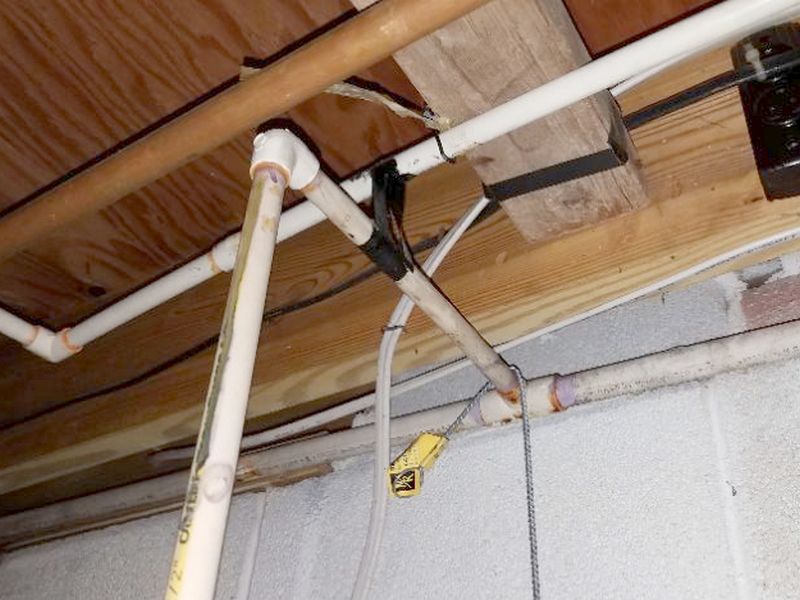
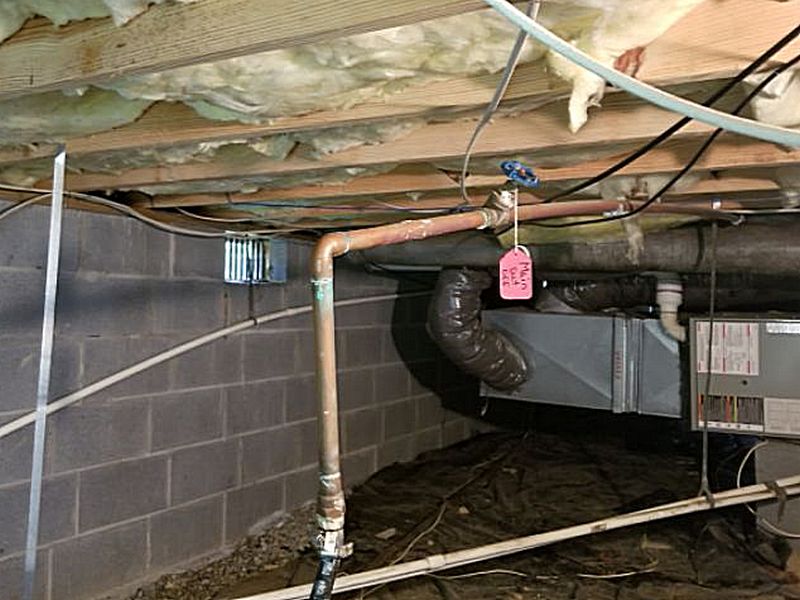
The water supply pipe is corroded. This can cause damage and leaks. Hire a plumber to replace the pipe.
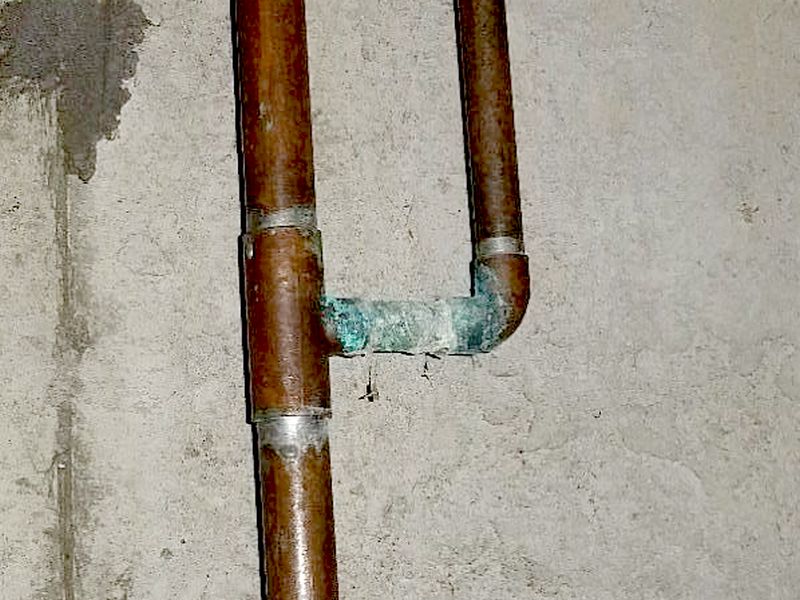
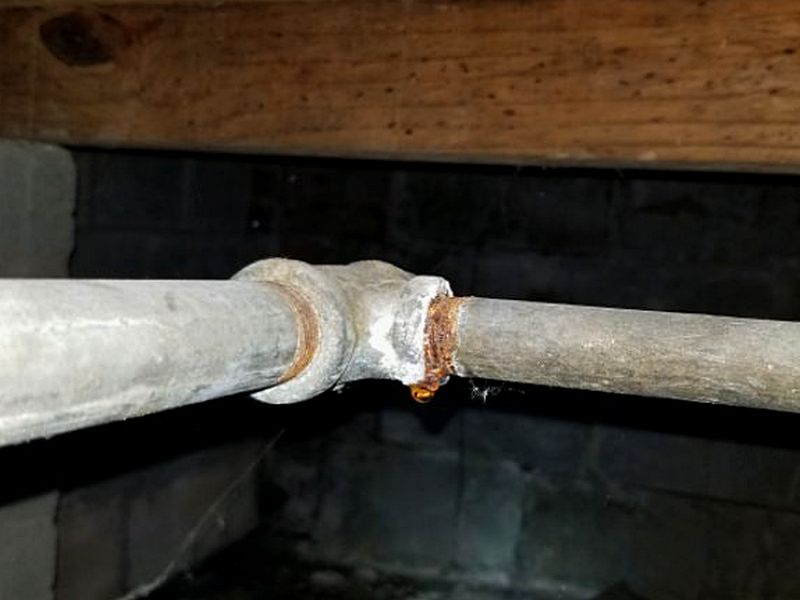
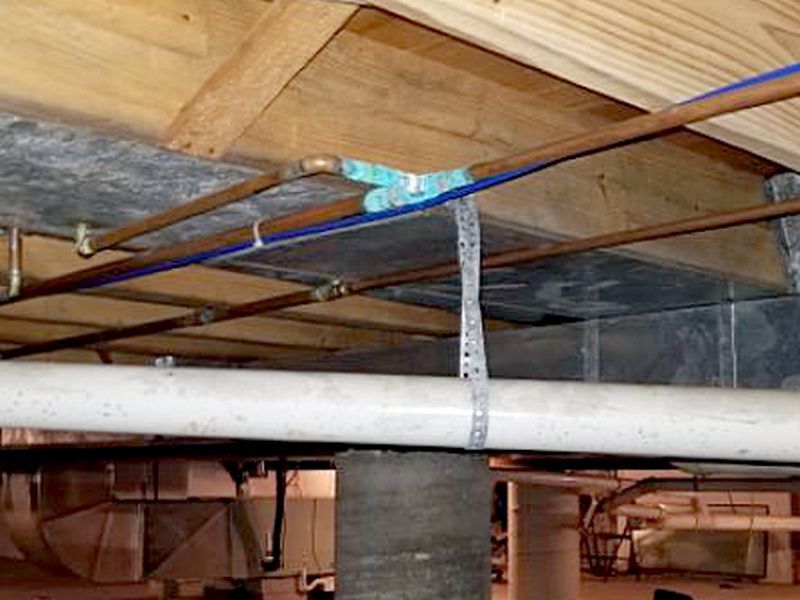
The water supply pipe has dissimilar and incompatible materials joined together directly. This can cause corrosion and leaks. Hire a plumber to replace the pipe or install a dielectric union as needed.
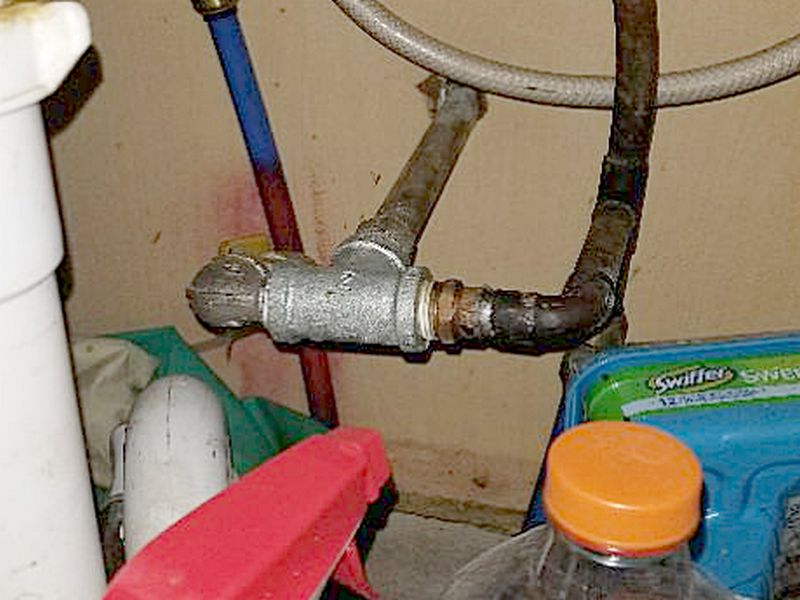
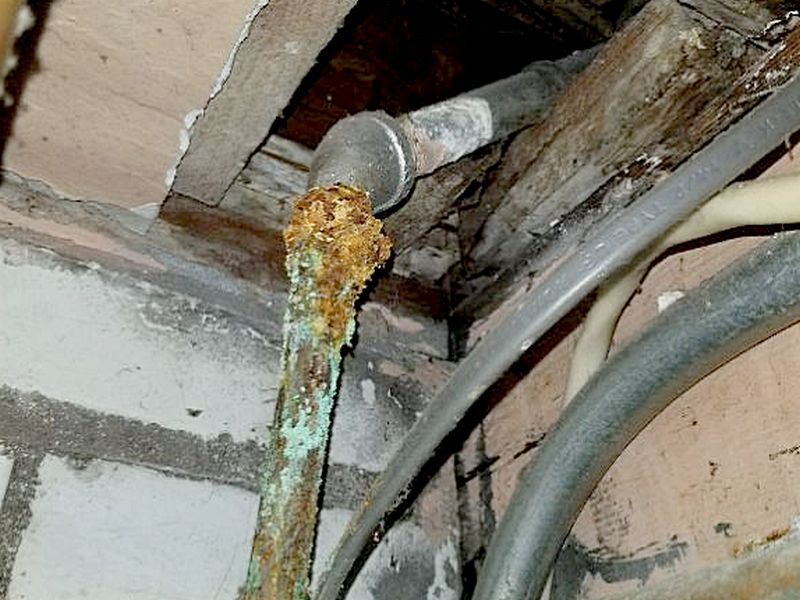
The water supply pipe has been improperly terminated. This can allow leaks and damage. Hire a plumber to properly terminate the pipe.
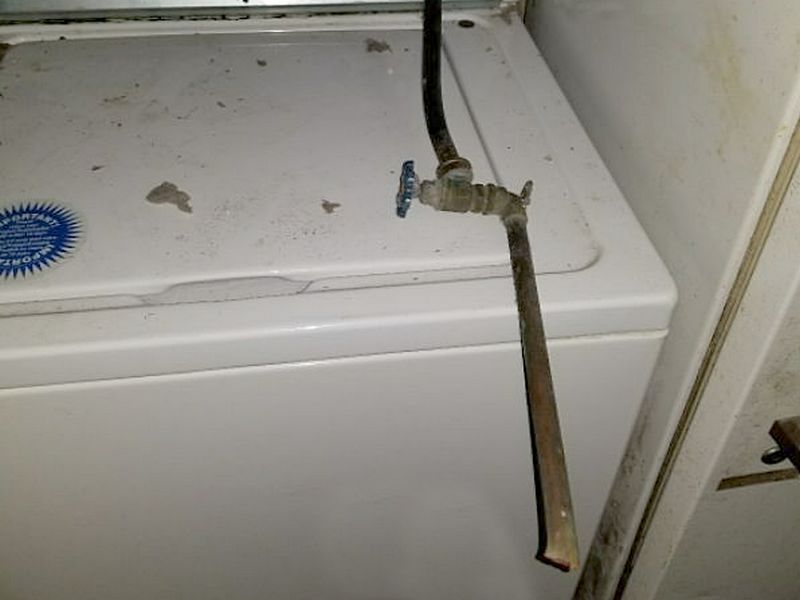
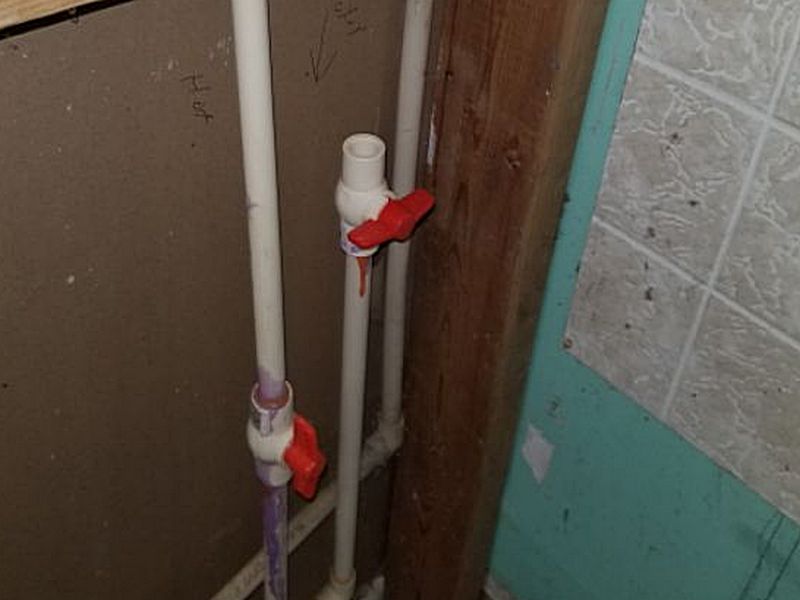
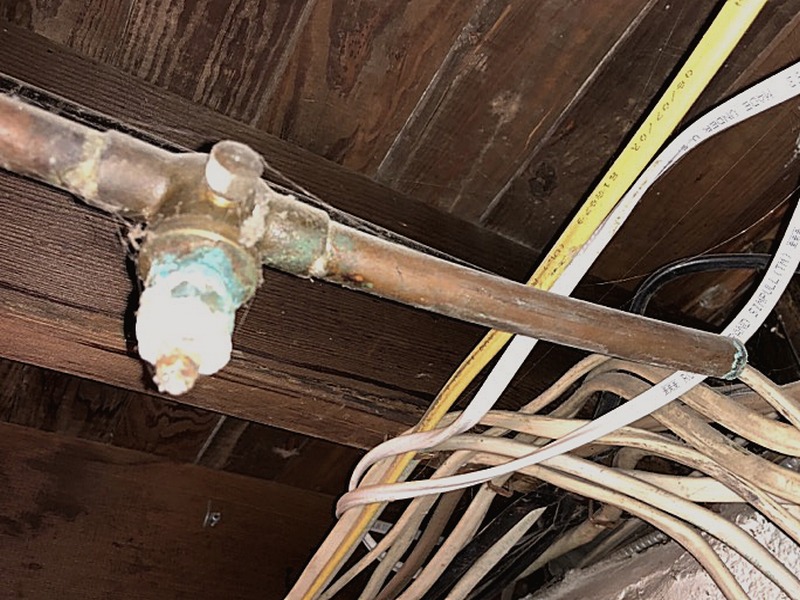
The water supply pipe is not properly insulated and may freeze during cold temperatures. This can cause damage and leaks. Insulate the pipe.
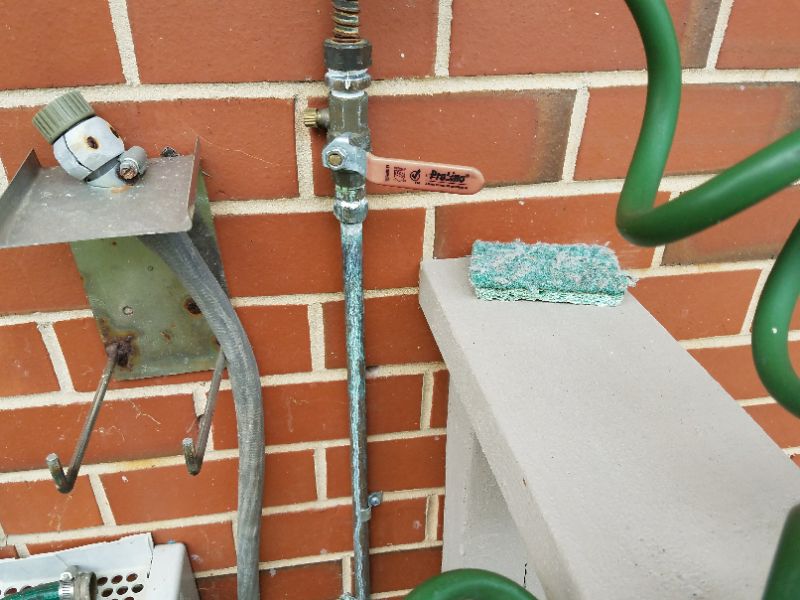
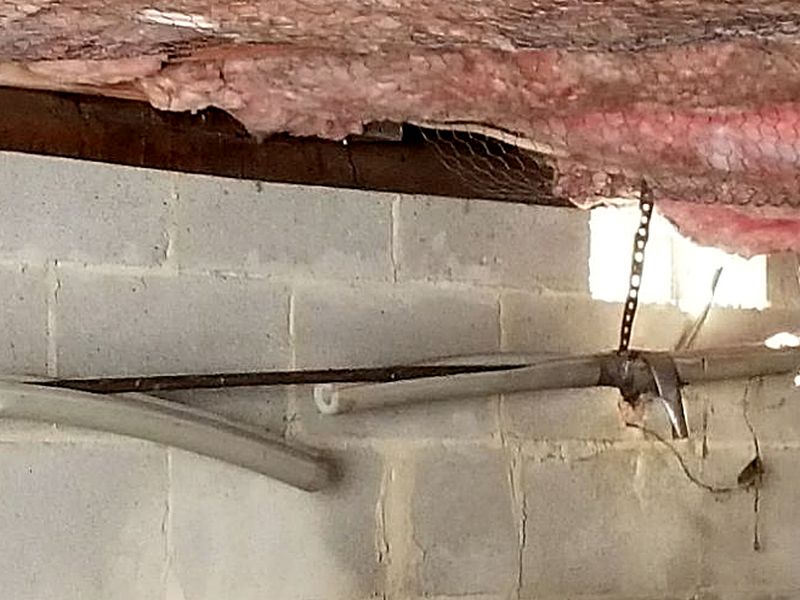
A saddle valve is present on the water supply pipes. These valves are not allowed in most jurisdictions as they are prone to leaking. Hire a plumber to replace the pipe.
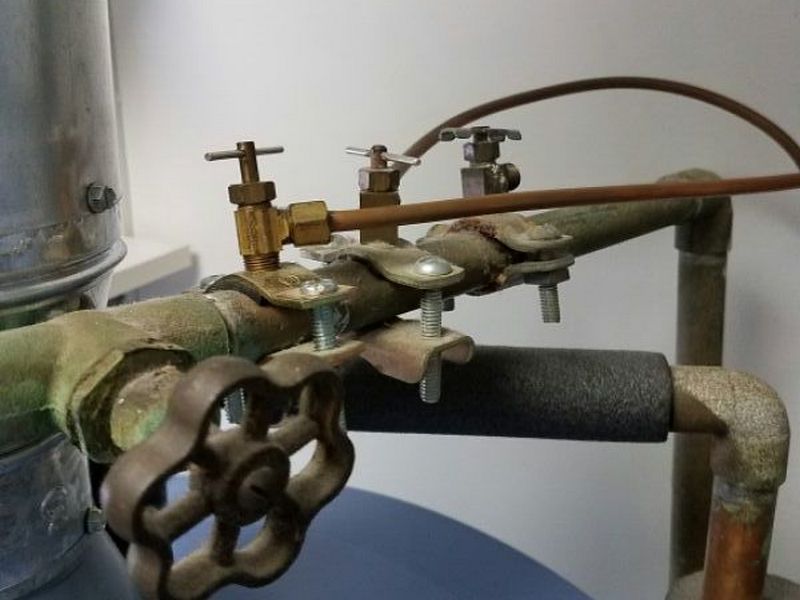
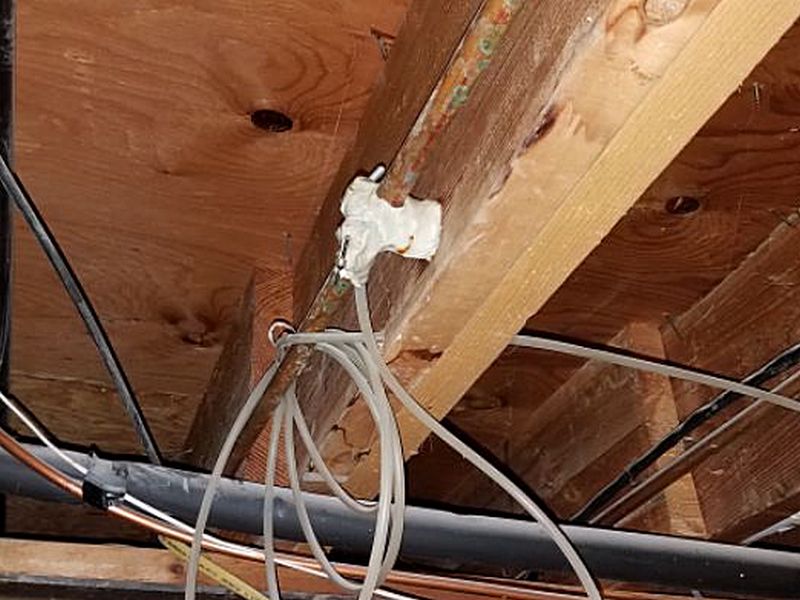
The water supply piping has pinhole leaks. This indicates acidic water. Hire a plumber to evaluate the water system and to make required repairs.
